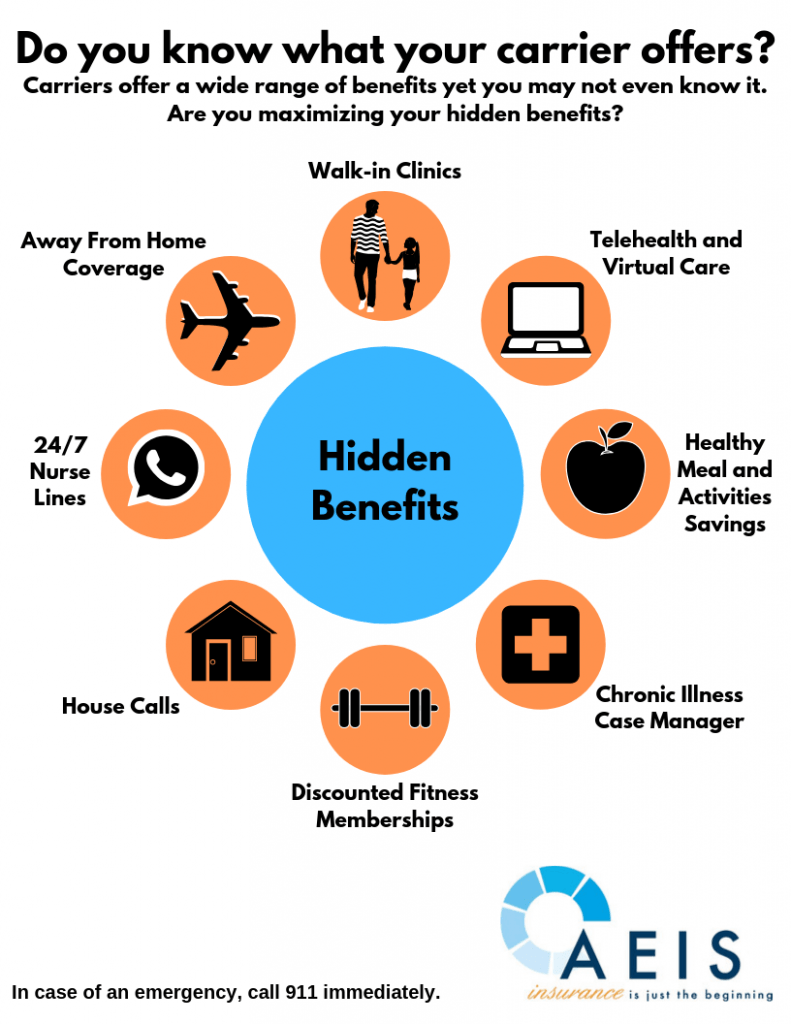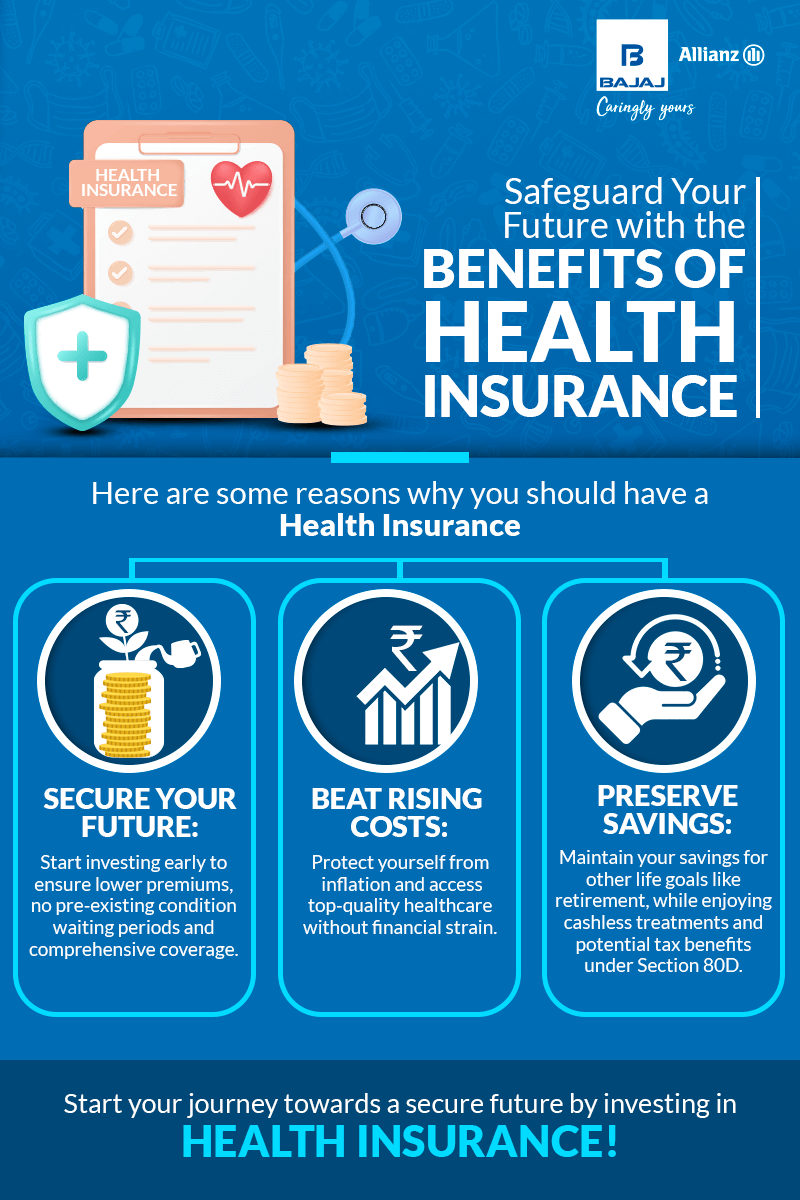The Definitive Guide to Medicare Advantage Agent
The Definitive Guide to Medicare Advantage Agent
Blog Article
6 Simple Techniques For Medicare Advantage Agent
Table of ContentsSome Known Facts About Medicare Advantage Agent.Medicare Advantage Agent Fundamentals ExplainedMedicare Advantage Agent for Beginners

adheres to from puzzling the relatively young age account of the uninsured with the far better health and wellness, on average, of more youthful persons. This obscures the link in between health and wellness standing and health insurance coverage. For those without accessibility to work environment health insurance policy, poor wellness is a prospective obstacle to purchasing nongroup insurance coverage because such insurance coverage may be extremely valued, omit pre-existing conditions, or be just inaccessible. The number of uninsured Americans is not specifically large and has actually not transformed in recent times. 7 out of 10 participants in a country wide depictive survey assumed that less Americans lacked medical insurance than really do(Fronstin, 1998). About half(47 percent )believed that the number of individuals without medical insurance reduced or continued to be constant over the latter half of the last years(Blendon et al., 1999). This decline of almost 2 million in the number of individuals 'without insurance policy (a decrease
of about 4 percent)is certainly a positive adjustment. With a softer economy in 2000 the most recent reported gains in insurance policy coverage may not continue(Fronstin, 2001 ). The decline in the number of uninsured will not proceed if the economy remains sluggish and health and wellness treatment expenses continue to exceed rising cost of living. This is due to the fact that the information were collected for a period of solid financial efficiency. Of the approximated 42 million people that were uninsured, all however regarding 420,000(regarding 1 percent)were under 65 years of age, the age at which most Americans become eligible for Medicare; 32 million were grownups in between ages 18 and 65, around 19 percent of all adults in this age group; and 10 million were kids under 18 years of age, about 13.9 percent of all children (Mills, 2000). These estimates of the variety of individuals without insurance are produced from the annual March Supplement to the Present Population Survey (CPS), performed by the Demographics Bureau. Unless or else noted, national price quotes of individuals without health insurance coverage and percentages of the population with various kinds of protection are based upon the CPS, the most extensively utilized source of estimates of insurance policy protection and uninsurance rates. These surveys and the price quotes they generate are described briefly in Table B. 1 in Appendix B - Medicare Advantage Agent. These studies vary in size and tasting approaches, the concerns that are asked about insurance
Medicare Advantage Agent for Beginners
coverage, and the moment duration over which insurance coverage or uninsurance is determined(Lewis et al., 1998, Fronstin, 2000a ). Still, the CPS is especially beneficial because it creates annual quotes reasonably rapidly, reporting the previous year's insurance policy coverage estimates each September, and due to the fact that it is the basis for a consistent set of price quotes for more than 20 years, enabling analysis of patterns in insurance coverage over time.

3 Easy Facts About Medicare Advantage Agent Explained
Over a three-year duration beginning early in 1993, 72 million individuals, 29 percent of the united state population, lacked coverage for at the very least one month. Within a single year(1994), 53 million individuals experienced at least a month without insurance coverage(Bennefield, 1998a). Six out of every 10 uninsured grownups are themselves used. Functioning does improve the chance that one and one's family participants will have insurance coverage, it is not a guarantee. Even participants of families with two permanent wage earners have nearly a one-in-ten chance of being uninsured (9.1 percent without insurance price)(Hoffman and Pohl, 2000 ). The relationship in between wellness insurance and accessibility to care is well developed, as recorded later in this chapter. Although the connection in between health insurance policy and health and wellness outcomes is neither direct neither simple, a substantial clinical and health and wellness solutions research study literary works web links medical insurance protection
to better accessibility to care, better high quality, and boosted individual and population wellness condition. As an example, the 2nd record, on individual health and wellness results for without insurance adults, is represented by the innermost circle of the figure, while the 3rd record, on family members health, incorporates the topics of the second report but emphasizes a various device of evaluation, specifically, the family. The sixth record in the series will offer info about strategies and campaigns taken on locally, statewide, or nationally to resolve the lack of insurance and its damaging effects. Levels of evaluation for taking a look at the effects of uninsurance. This conversation of medical insurance protection concentrates mainly on the U.S. population under age 65 because basically all Americans 65 and older have Medicare or other public insurance coverage.
In addition, it focuses especially on those without any type of medical insurance for any type of size of time. The issues dealt with by the underinsured remain in some areas comparable to those encountered by the without insurance, although they are usually much less extreme. Uninsurance and underinsurance, nonetheless, include definitely various policy problems, and the methods for resolving them may differ. Throughout this research and the 5 records to comply with, the primary focus is on see this site individuals without wellness insurance policy and hence no help in spending for healthcare beyond what is available via charity and safeguard organizations. Health and wellness insurance coverage is a powerful element affecting invoice of treatment since both clients and medical professionals reply to the out-of-pocket rate of services. Wellness insurance policy, nevertheless, is neither required nor enough to get to clinical services. The independent and direct result of wellness
insurance coverage protection access to health wellness is well establishedDeveloped Others will get the health and wellness treatment they need also without health and wellness insurance, by spending for it out of pocket or seeking it from providers that offer treatment totally free or at very subsidized rates. For still others, wellness insurance coverage alone does not make certain receipt of treatment due to other nonfinancial obstacles, such as a lack of healthcare companies in their neighborhood, minimal access to transport, illiteracy, or linguistic and cultural distinctions. Official research regarding without insurance populations in the why not try these out United States dates to the late 1920s and very early 1930s when the Board on the Cost of Medical Treatment generated a series of reports regarding funding physician office visits and hospitalizations. This problem became prominent as the varieties of clinically indigent climbed during the Great Anxiety. Empirical researches consistently support the link between accessibility to care and boosted wellness outcomes(Bindman et al., 1995; Starfield, 1995 ). Having a regular source of treatment can be taken into consideration a predictor of access, as opposed to a direct step of it, when health and wellness end results are themselves made use of as accessibility indicators. This extension of the notion of access measurement was made by the IOM Committee on Keeping Track Of Gain Access To to Personal Health And Wellness Treatment Solutions(Millman, 1993, p. Whether or not parents are guaranteed shows up to impact whether or not their youngsters get care as well as just how much careeven if the youngsters themselves have insurance coverage(Hanson, 1998). The wellness of moms and dads can impact their capability to take care of their children and the level of family members stress. Worrying concerning their kids's access to care is itself a source of stress for moms and dads. Three phases adhere to in this record. Chapter 2 provides an overview of just how employment-based wellness insurance policy, public programs and specific insurance coverage run and engage to supply substantial but incomplete insurance coverage of the U.S. populace. This consists of a review of historic patterns and public laws impacting both public and private insurance, a conversation of the interactions amongst the different kinds of insurance, and an exam of why people move from one program to an additional or wind up

Report this page